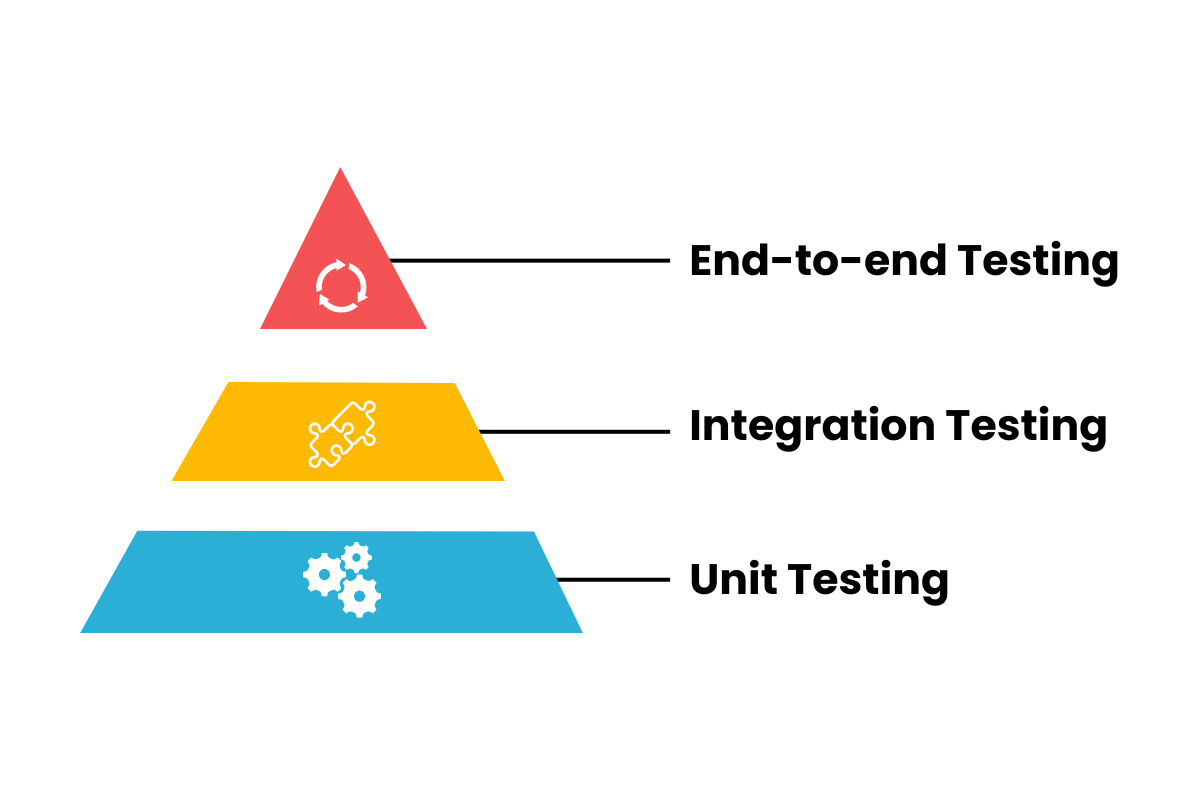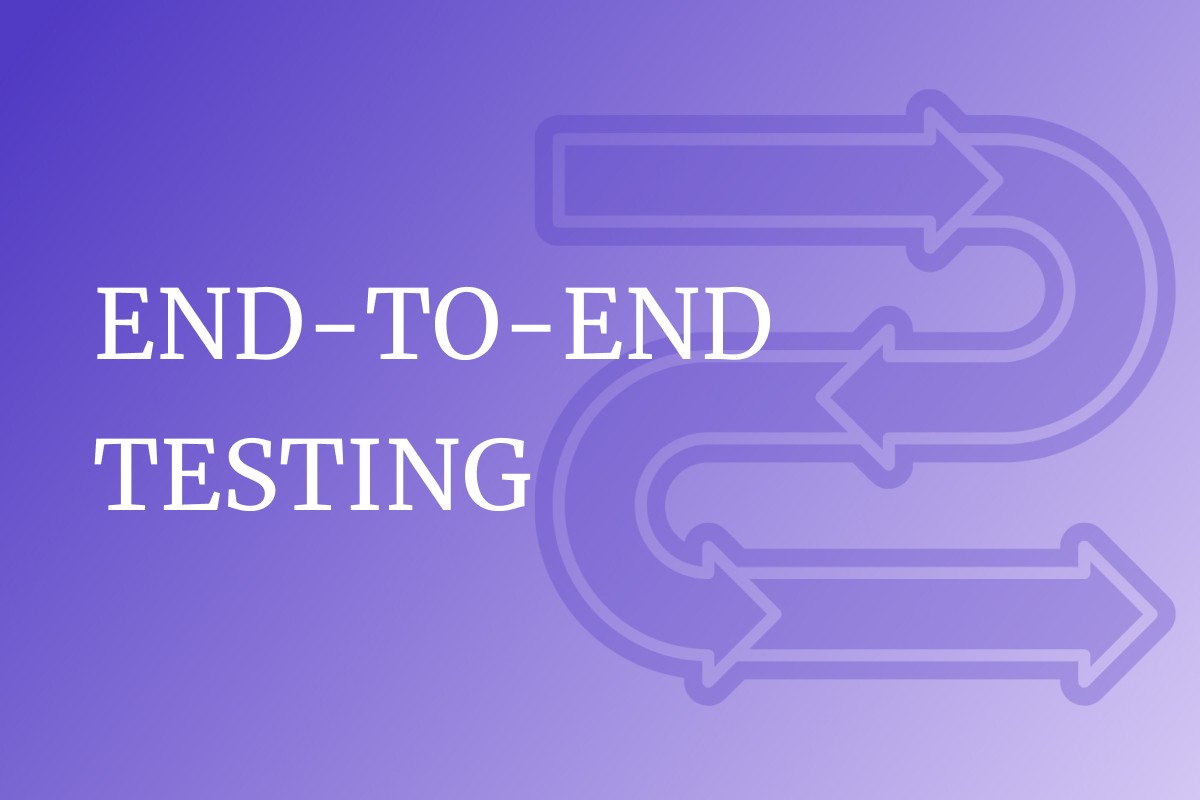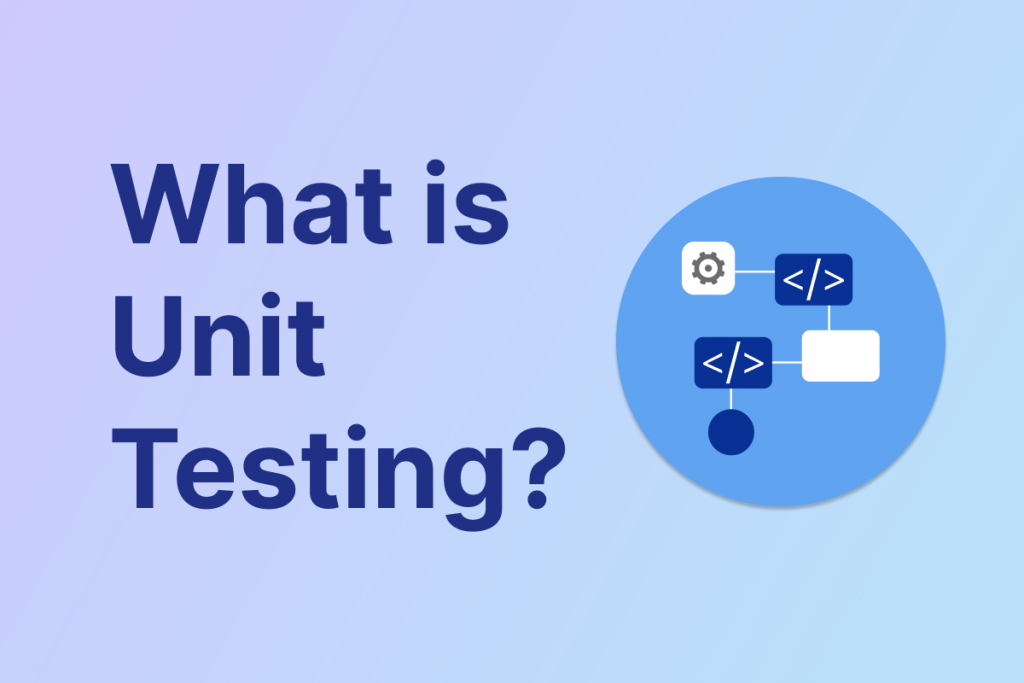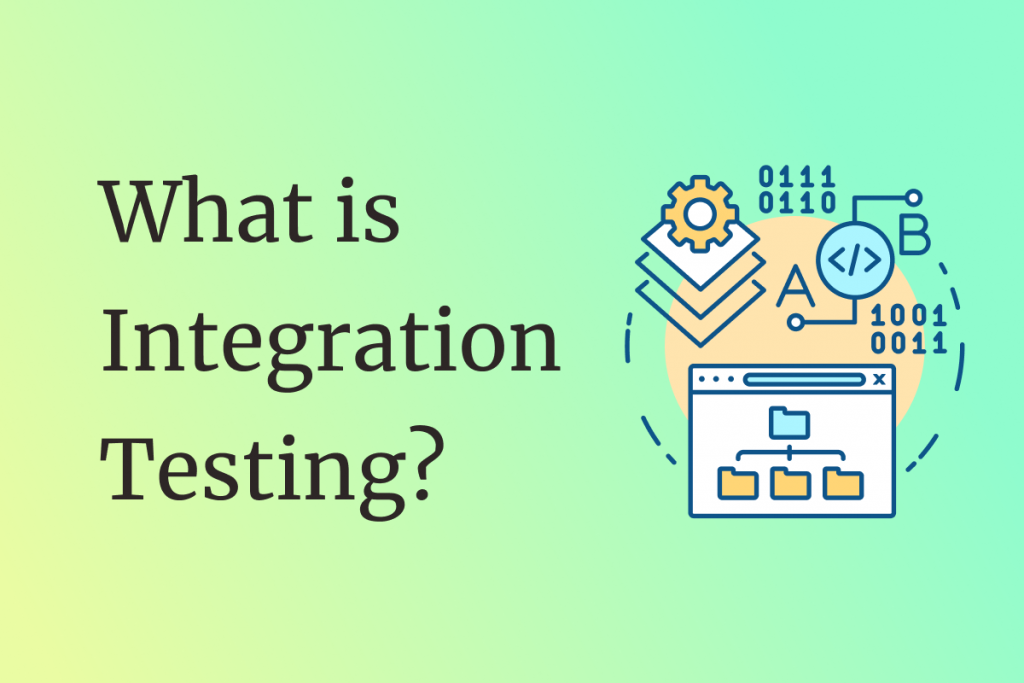While testing existed before the modern approach, today’s testing is developer-driven and typically falls into three main categories: unit testing, integration testing, and end-to-end testing. Although all three are widely recognized, end-to-end testing is often the least understood.
Yet, it’s end-to-end testing that makes applications most resilient to unexpected failures or “woodpeckers,” making it essential for developers who care about testing to grasp its importance and how it integrates with the rest of the test suite.
What is End-to-End Testing (E2E)?
End-to-end (E2E) testing is a software testing approach that confirms the functionality of a software product throughout a complete process. End-to-end testing ensures that all system components can operate under real-world conditions.
This testing type aims to replicate a user experience from beginning to end. E2E testing can identify software dependencies while verifying the system, data integrity, and integrations.
End-to-end testing is usually conducted in dedicated testing environments by quality assurance (QA) teams after functional and system testing. It begins from the user’s viewpoint, replicating typical actions that the application can perform.
Types of End-to-End Testing
End-to-end testing can be categorized into two main types: Horizontal E2E Testing and Vertical E2E Testing. Both focus on validating an application’s performance across its workflows but from different approaches.
Horizontal E2E Testing
Horizontal E2E testing focuses on validating the workflow across multiple interconnected applications or systems. This approach tests the application from the user’s perspective as they navigate through its functionalities and workflows. Horizontal end-to-end testing covers the entire application, so developers must have well-built and well-defined workflows to conduct these tests effectively.
For example, Horizontal end-to-end testing may test an eCommerce app from the UI to login function to add-to-cart and payment checkout. Testers will run through the whole process and look for errors.
Vertical E2E Testing
Contrastingly, Vertical E2E testing focuses on testing all levels of an application’s architecture, from the user interface (UI) down to the backend, databases, and any external APIs. It examines the system layer by layer, ensuring each layer functions correctly and integrates well with the others.
For example, consider the same eCommerce application; vertical E2E testing would test:
- The user’s ability to log in through the UI.
- The interaction with the database ensures that data retrieval and updates happen accurately.
- The final confirmation of the transaction, ensuring it is correctly reflected in the user’s cart.
| Aspects | Horizontal E2E Testing | Vertical E2E Tesing |
|---|---|---|
| Scope | Cross-system, multiple applications or services | Single application, focusing on its internal layers |
| Focus | Ensures smooth interaction between different systems | Verifies functionality at all layers within a single system |
| Data flow | Tests the accurate flow of data between systems | Ensures correct processing and data flow within the application |
| Use case | Multi-service architectures, SaaS, or third-party integrations | Testing the end-to-end flow of a standalone application |
| Example | E-commerce app with payment gateways and third-party logistics | Banking app: login, account management, money transfer |
End-to-End Testing Automation
Traditionally, E2E testing was performed manually, but today, automation has revolutionized this process, allowing it to be integrated into the final stage of the testing cycle and helping to cut down the time spent on the lower end of the testing strategy pyramid. Automating E2E testing helps overcome manual testing challenges, especially in terms of time and resources. Automated E2E tests run faster, are more consistent, and can be integrated into the CI/CD pipeline. However, automated E2E testing tools have to be strictly modified and observed to keep up with complex projects and high-coverage products.
Deciding when to switch from manual testing to automated testing is not always straightforward. While unit tests are typically automated, end-to-end tests often benefit from human intervention. This manual involvement can be surprisingly practical since E2E tests should be run much less frequently than unit tests.

Why is End-to-End Testing Important?
If you’ve already worked with various testing methodologies—such as Unit testing, Functional testing, Integration testing, Usability testing, User Acceptance testing, it’s natural to explore the importance of End-to-End (E2E) testing. Many tend to overlook E2E testing due to time and budget constraints, but it’s a crucial step in ensuring a seamless user experience.
E2E benefits for developers and QA teams
For companies that operate a distinct QA team, delegating E2E testing to the QA team frees devs to work on implementing features to the application. Frequently, it is simpler for testers to write end-to-end tests because they are derived from the user’s behavior, which can be monitored during usability testing and documented in tickets.
E2E testing is also effective in a DevOps environment, where automated testing is incorporated into the developer’s day-to-day workflow. Using a continuous integration and continuous delivery (CI/CD) platform, E2E tests can be initiated whenever the developer pushes changes to the main branch. If tests pass, updates deploy automatically; if they fail, developers are quickly alerted to resolve problems.
E2E Benefits for Managers
End-to-end testing helps managers see how each application part works together in real-world situations. This helps them focus on tasks most affecting user experience and system stability.
This method ensures that important issues are fixed first. It also improves how resources and development time are used to improve the product and keep customers happy.
E2E Benefits for Users
End-to-end testing also improves the user experience, especially for apps that require a lot of user interaction, such as web, desktop, and mobile apps. This helps find and fix problems before users see them, making the app more reliable, easy to use, and meeting or exceeding user expectations.
Challenges of End-to-end testing
End-to-end (E2E) testing is critical for ensuring the entire system functions as expected across all layers, from the user interface down to the backend services and databases. However, due to its complexity and scope, E2E testing presents several challenges that teams must navigate carefully. Here are the primary challenges associated with E2E testing:
Time-Consuming Execution
Because E2E testing covers a wide range of scenarios, running tests can be slow, particularly if the application has numerous workflows to validate. Unlike unit tests, which are small and independent, E2E tests need the entire system to be operational, and each test replicates a full user journey, often taking up a significant amount of time to execute.
- Challenge: Long test run times, which can slow down development and delay the feedback loop for developers.
- Impact: Slower development cycles and delayed deployment when E2E tests are part of the CI/CD pipeline.
Test Environment Management
End-to-end tests require a testing environment that closely resembles the production environment. However, it’s challenging to set up and maintain this environment. Differences between testing, staging, and production environments can cause tests to pass in one environment but fail in production due to subtle variations in configuration, data, or infrastructure.
- Challenge: Ensuring the test environment mirrors production accurately, including third-party dependencies, data sets, and configurations.
- Impact: Test results may not be reliable if the testing environment doesn’t truly reflect the production environment.
Data Management
Managing test data is one of the most challenging aspects of E2E testing. The test data needs to be carefully prepared and maintained to reflect realistic user interactions, and often, it requires resetting or reloading between test runs to ensure consistency.
- Challenge: Maintaining consistent and clean data across test executions and managing test data dependencies.
- Impact: Inconsistent test data can cause tests to fail unpredictably, leading to unreliable test results and prolonged test cycles.
Maintaining Tests Over Time
As applications evolve, so do their workflows, features, and integrations. This means that E2E tests must be continuously updated to reflect changes in the system. Outdated tests can quickly become obsolete or irrelevant, and if they are not maintained, they will start to produce false negatives.
- Challenge: Keeping E2E test cases up to date with frequent changes in the application’s features, UI, and backend services.
- Impact: High maintenance costs and the risk of test cases becoming irrelevant or too cumbersome to maintain effectively.
End-to-End Testing Process
An end-to-end software testing process consists of four components: Test planning, Test design, Test execution, and Results analysis.
Test planning: This step happens after integration testing is done. The test plan sets out what needs to be tested based on the client’s initial needs and the application’s design.
Test design: A test environment is set up according to the requirements. This environment is often already prepared from previous tests, and testers use these setups. They also analyze risks and usage to assign resources effectively. Then, testers create the test cases and use automation tools to save time.
Test execution: Test cases are executed locally and remotely. Monitor test progress for consistency with the original test plan.
Results analysis: Analyzes test results and pinpoint the root cause of the bugs. These discoveries will be forwarded to the development team for immediate intervention. Then a project retrospective is carried out to assess processes and discuss areas of improvements. Learn more about building a test report here.
How SHIFT ASIA can help
At SHIFT ASIA, we specialize in providing comprehensive software quality assurance (QA) solutions, including expert support for End-to-End (E2E) testing. With years of experience and a dedicated team of QA professionals, we help businesses ensure that their applications deliver seamless, high-quality experiences from start to finish.
Here’s how SHIFT ASIA can assist you with your E2E testing needs:
Tailored Testing Strategies: we understand that each project is unique. Our team will work with you to develop a customized E2E testing strategy that suits your specific workflows, system architecture, and business requirements. We’ll ensure comprehensive coverage of all critical areas.
Efficient Test Automation: automation is key to scaling and optimizing your testing efforts. SHIFT ASIA offers expert services in test automation, leveraging the best tools and practices to help reduce testing time and ensure faster releases. We integrate automation into your CI/CD pipeline for continuous, reliable testing across all platforms.
Expert Debugging and Maintenance: when it comes to debugging complex issues in E2E testing, SHIFT ASIA’s team is equipped to diagnose and resolve problems efficiently. We also maintain your test cases over time, keeping them aligned with your evolving application and minimizing downtime caused by outdated tests.
Access to Best-in-Class Tools: SHIFT ASIA utilizes industry-leading tools like Cypress, Selenium, and Katalon to create, execute, and manage E2E tests. Our experience with these tools ensures that your testing process is robust, reliable, and scalable.
With our expertise in QA, SHIFT ASIA ensures that your E2E testing is optimized to catch issues early, provide valuable feedback, and, ultimately, enhance the quality of your software product. Let us help you deliver flawless user experiences through effective and reliable E2E testing.
ContactContact
Stay in touch with Us




